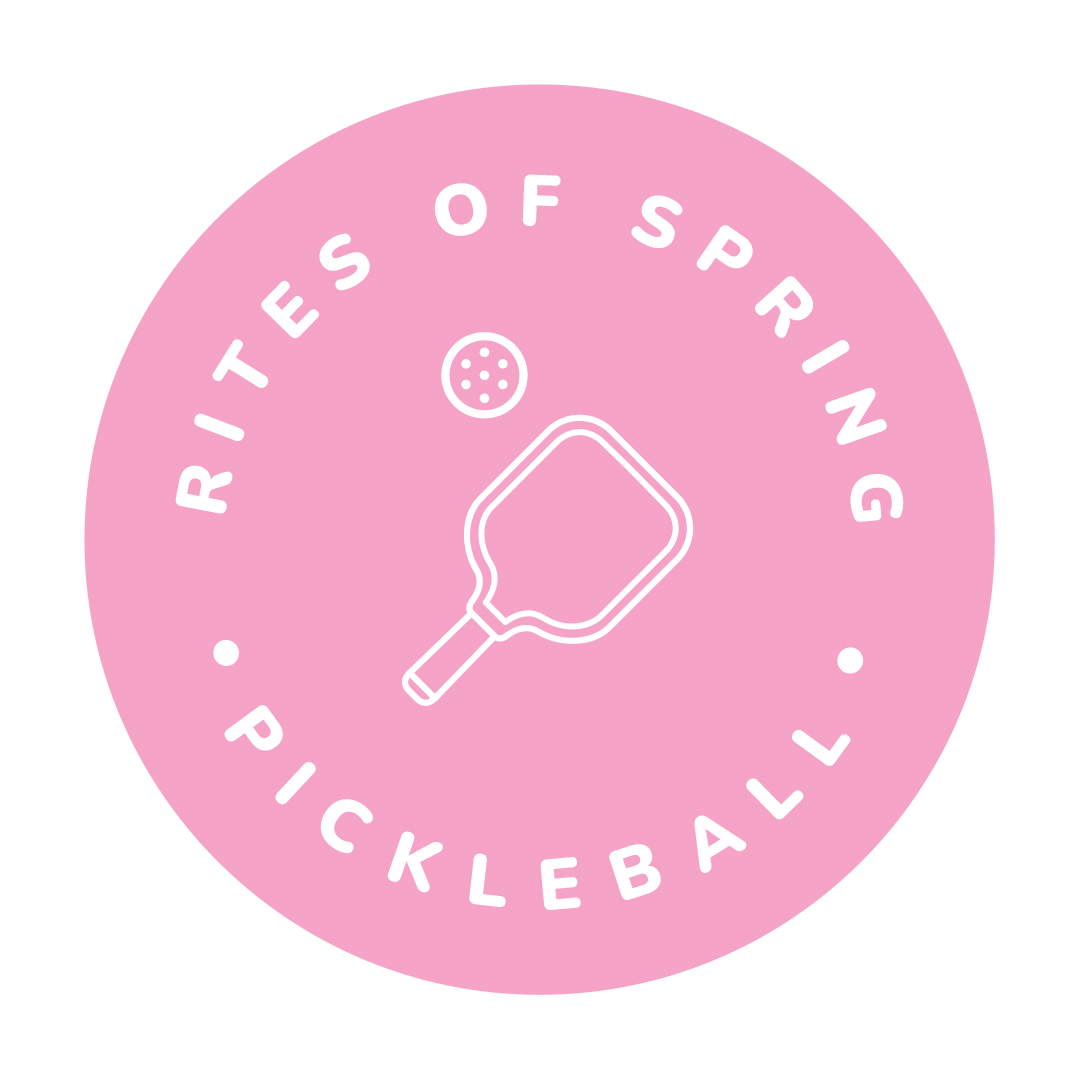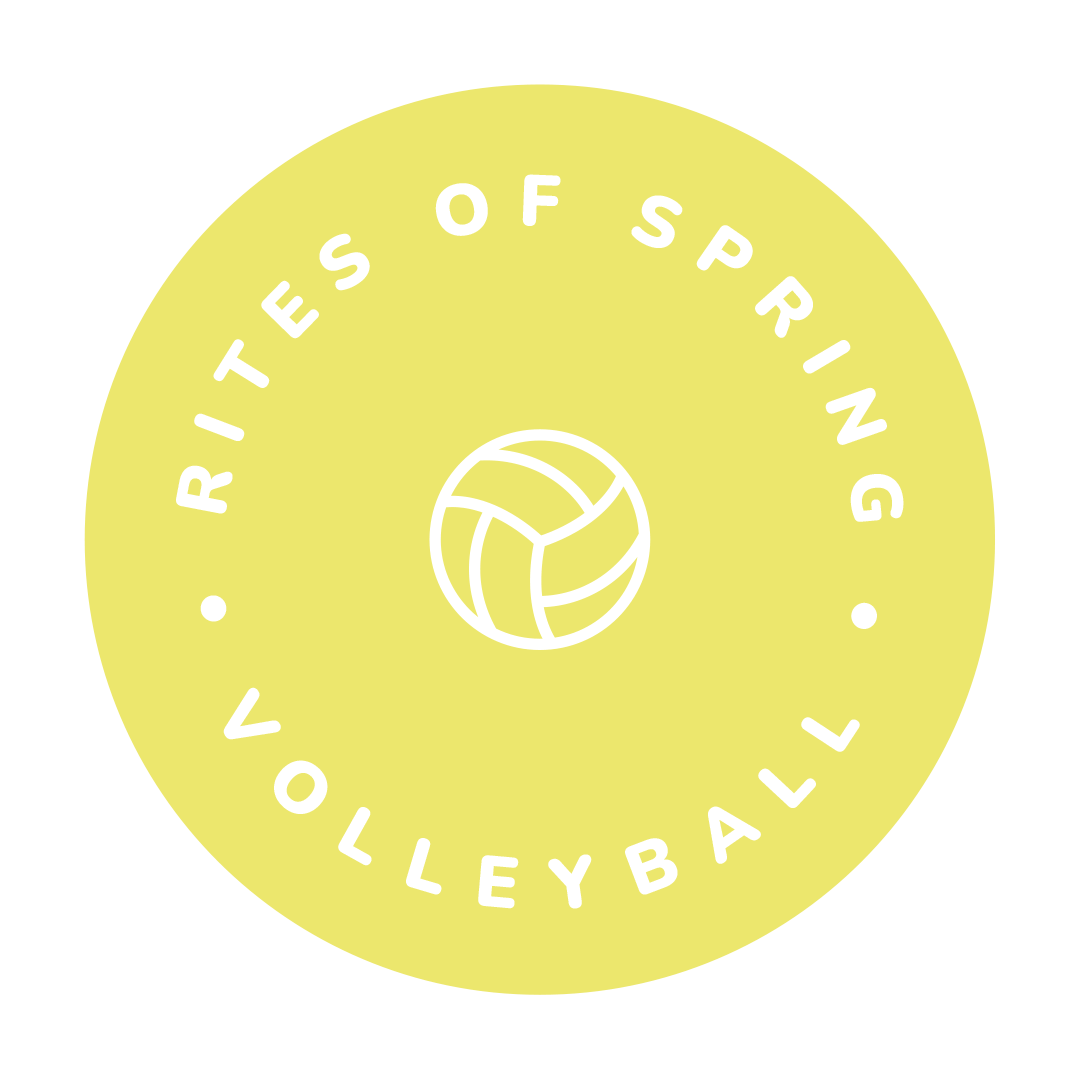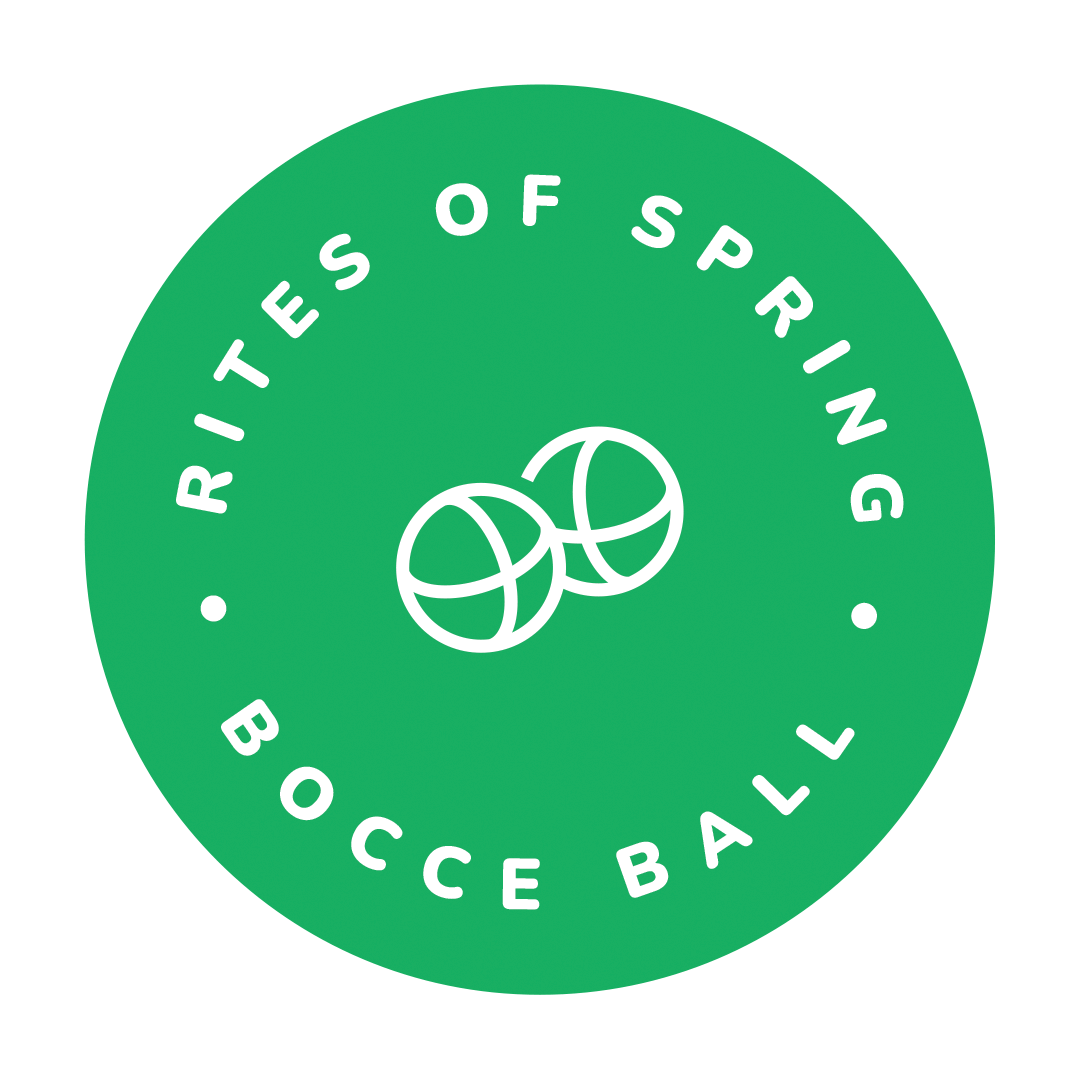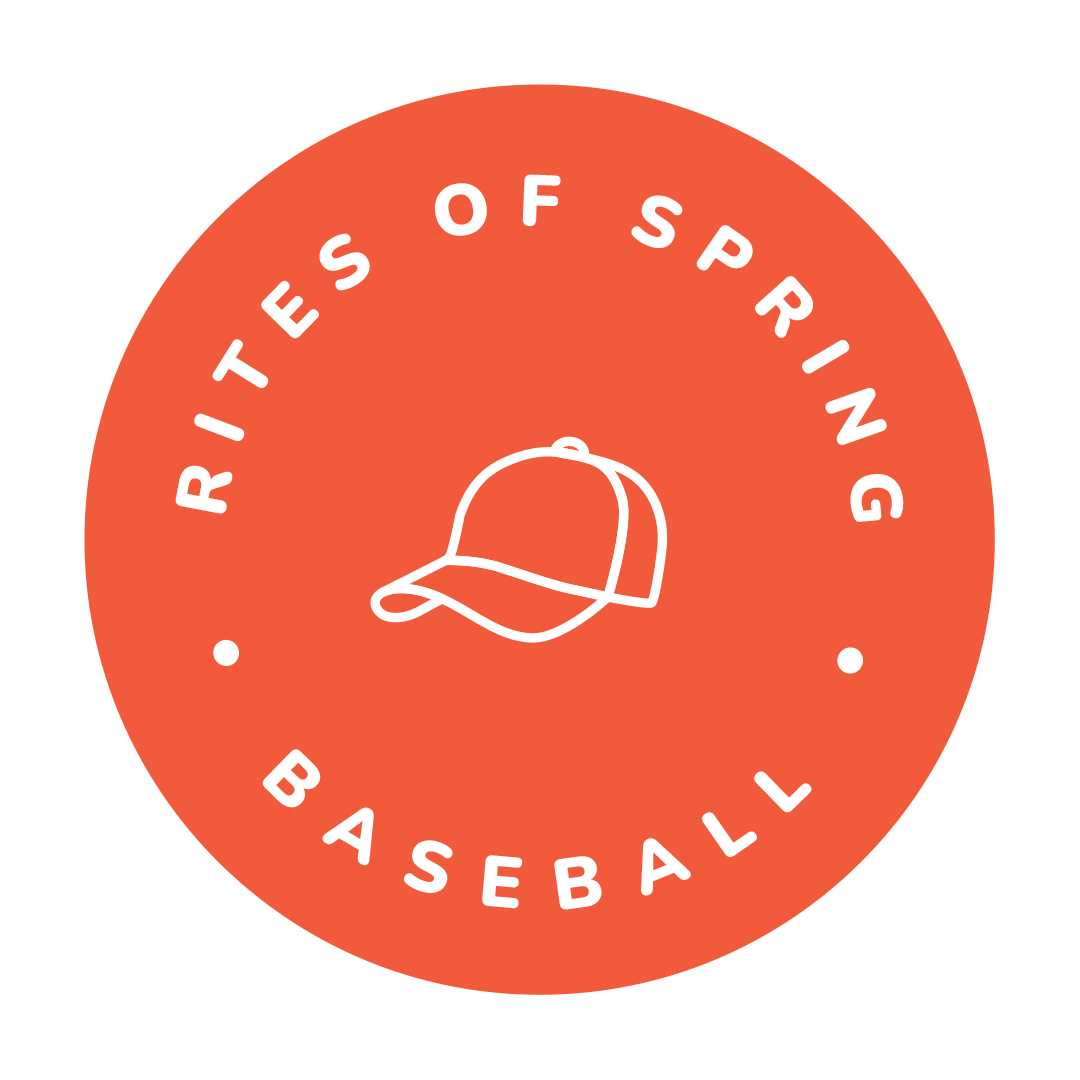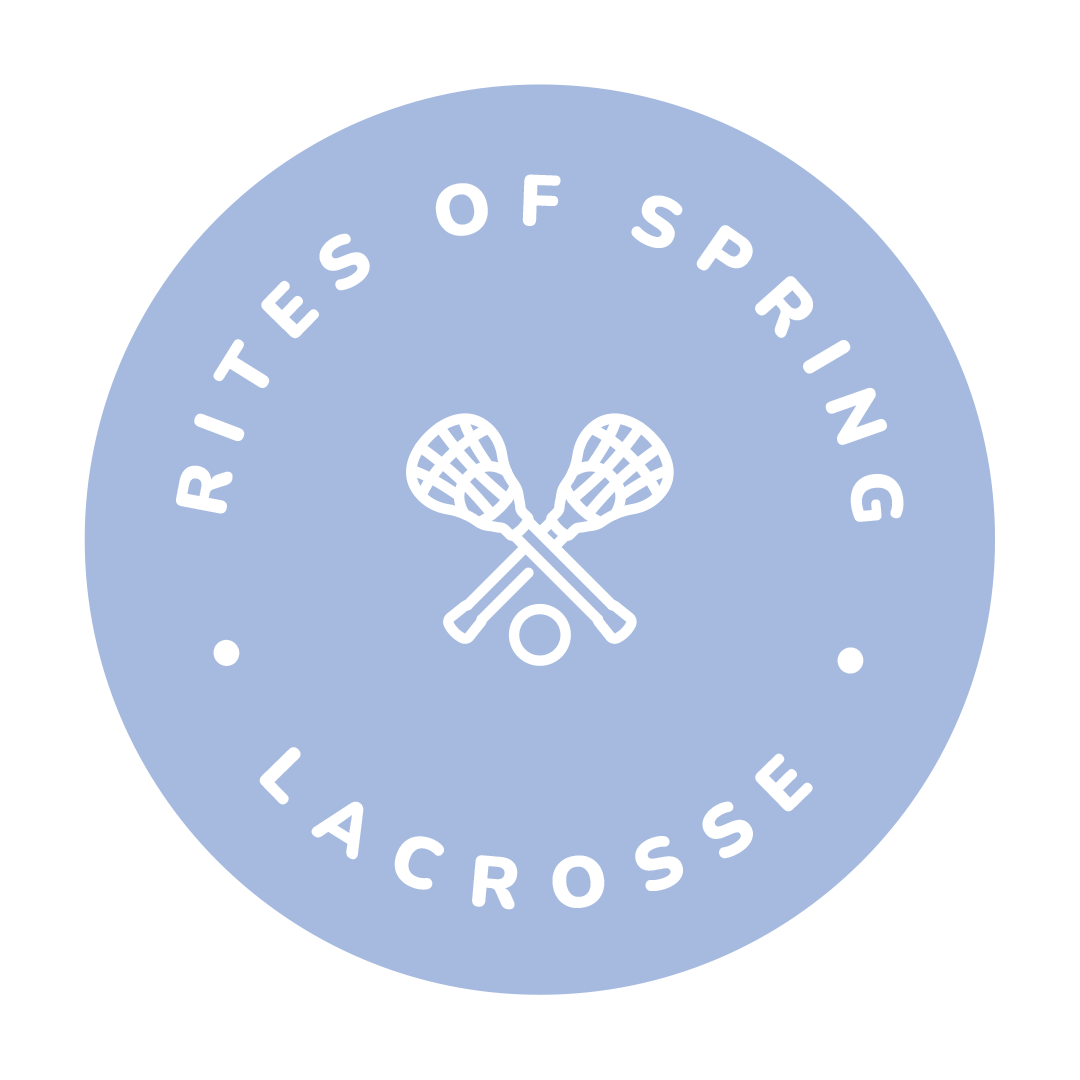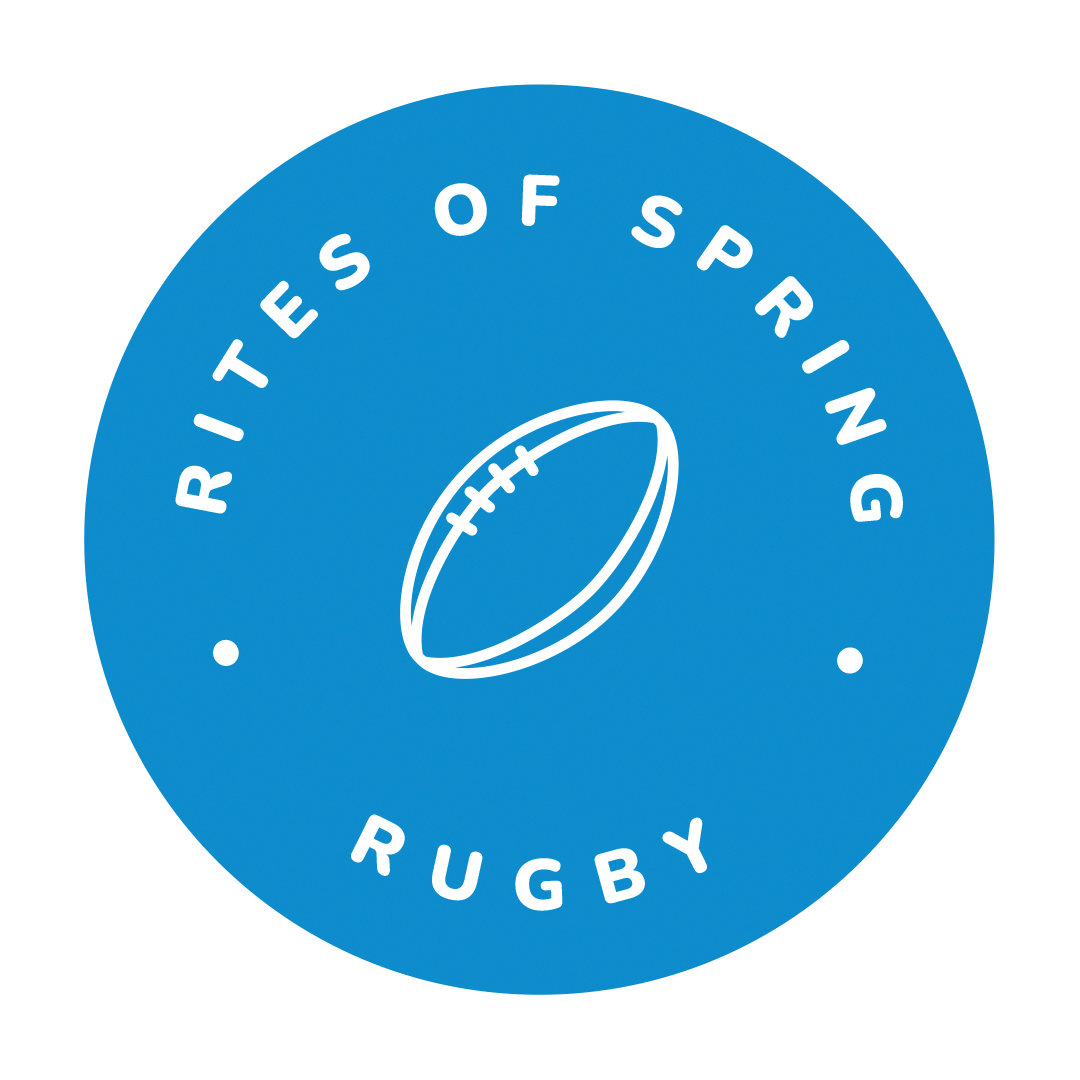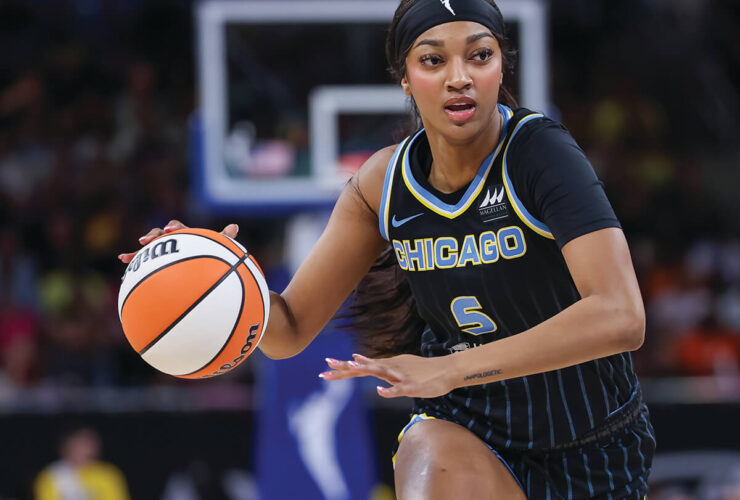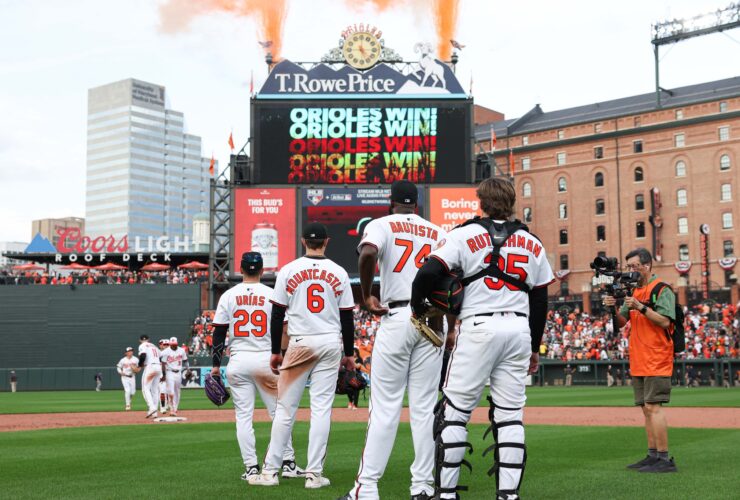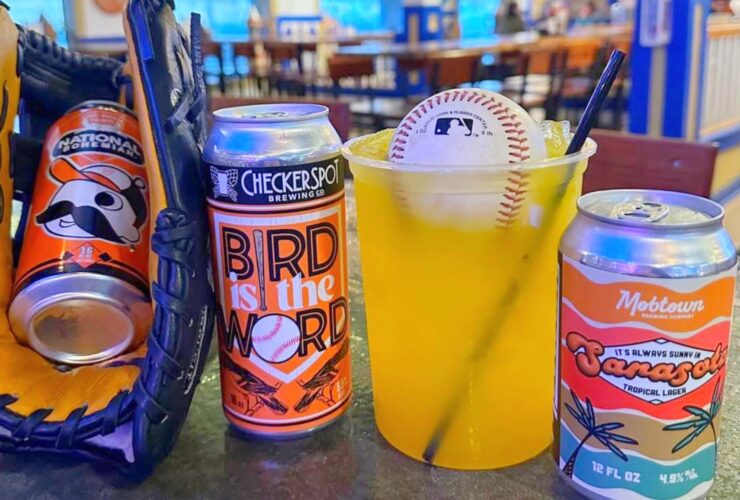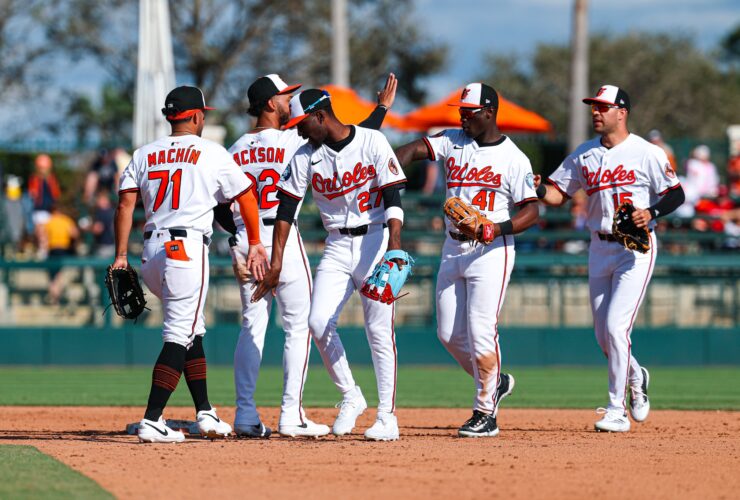
Rites of Spring
Little Italy's Bocce Courts Host Popular Evening Leagues
While preparing for the upcoming season, longtime players reflect on the culture of the Old World sport.
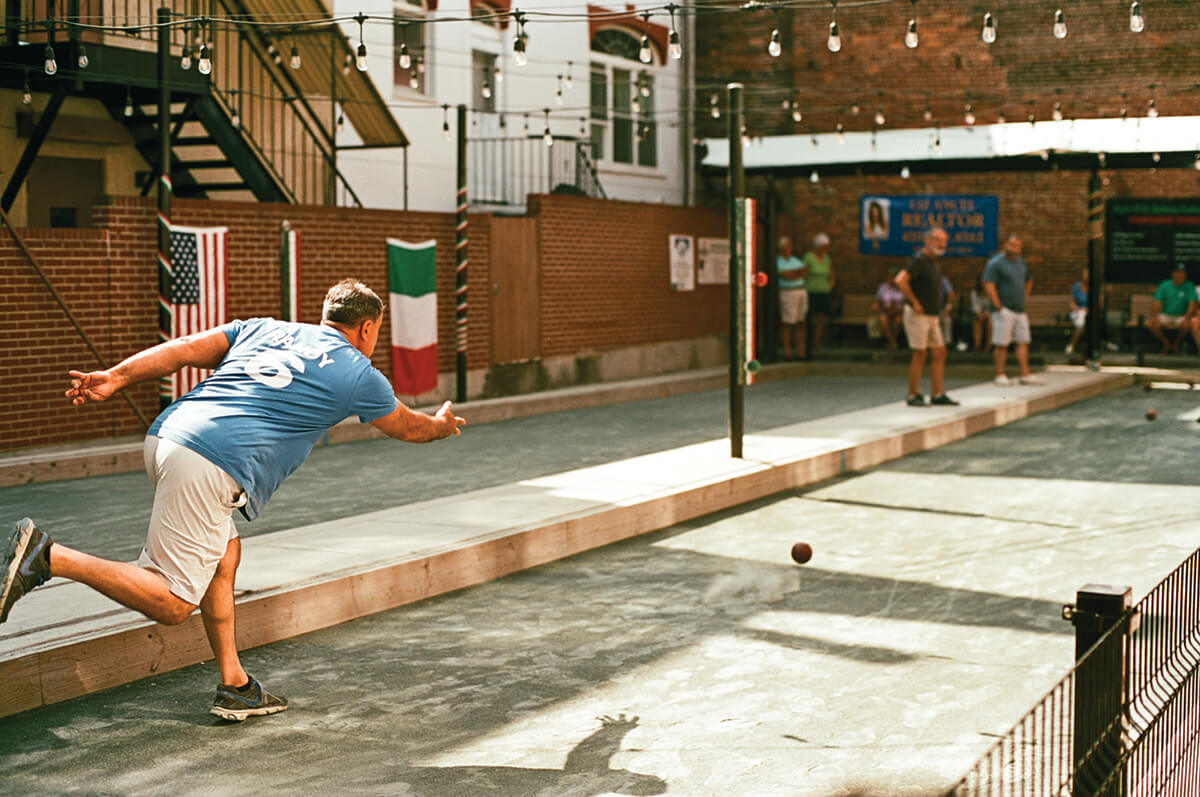
By Rafael Alvarez
OLD WORLD SPORTS
The Italian Game
Little Italy's courts host popular evening leagues.


n late summer 1936, amid the depths of the Great Depression, the charms of bocce were heralded in The Evening Sun,. The writer used the same line that accompanies just about every story on the ancient game of lawn bowling. “Ever hear of bocce?” In fact, bocce is a descendent of the oldest game devised by man: throwing balls toward a target.
Some 5,000 years before Christ, the Egyptians played a version with smooth stones. In Baltimore, folks from Harford County to Hamilton surely know it, particularly in Little Italy, where courts next to the old St. Leo’s parish school will host the 2024 season beginning this month.
“We’re upgrading the surface of the courts now,” says Francis Blatterman, a veteran competitor. Once commanded by the School Sisters of Notre Dame, St. Leo’s school became the Pandola Learning Center in 1997, upon the death of Rev. Oreste “Rusty” Pandola, pastor of St. Leo’s church around the corner.
It was Father Pandola’s vision to reopen the building for classes in Italian cooking and language. St. Leo’s was also the place where a young Blatterman learned the three Rs from nuns named Ernestine and Trinita, graduating 8th grade in 1956. Along with Frank Corazza, Blatterman gives pre-season lessons on Saturday mornings, instructing newcomers in the nuances of bocce.
Despite a lot of hollering that goes on during games, in which an orb the size of a duckpin ball is rolled as close to a smaller white ball as possible, bocce is a subtle sport, a game measured in millimeters.
“You have to show ’em how to do it,” says Blatterman, who grew up in the neighborhood on Exeter Street and now lives on Fawn. “Some people don’t have a clue and loft the ball in the air. You can’t control the ball that way and it puts divots in the court.”
None of which Pete Celli—93 and ready for the upcoming season—needed to learn, having grown up watching his immigrant father, Dominic, a railroad worker, play with other paisans from Italy. “We had relatives in Delaware and we’d visit on weekends,” says Celli. “They played on neighborhood school grounds, having fun and cussing each other.”
The arguments were in Italian, of course, where the harsh language of heated competition can sound like a street aria. As to whose ball gets points for being closest to the target ball—the white pallino, about the size of a tennis ball—a little difference makes all the difference. And therein, depending on the naked eye and a measuring stick, lie the disputes.
“We have about 14 teams in the league,” says Celli. “You need four people to play, with two extra if somebody can’t make it. Most of the guys are Italian and we have a lot of women players. Some of the older guys also get together on their own and play.”
Celli plays for a team sponsored by Johnny Dee’s Lounge off of Putty Hill Avenue, a classic midcentury diner long known for its shrimp salad sandwiches. The owner is John Appel, Celli’s relative and teammate. “I learned from being down there my whole life. You have a spotter and a guy who tries to knock the other guys out,” says Appel, an “average player” who grew up at 315 Central Avenue. “There was one guy who was so good he’d go on tour. They banned him from playing with us.”
Afterward, says Appel, “A bunch of us will go to Chiapparelli’s for a few drinks.” And talk about the ball that was “this close” from winning the game.
